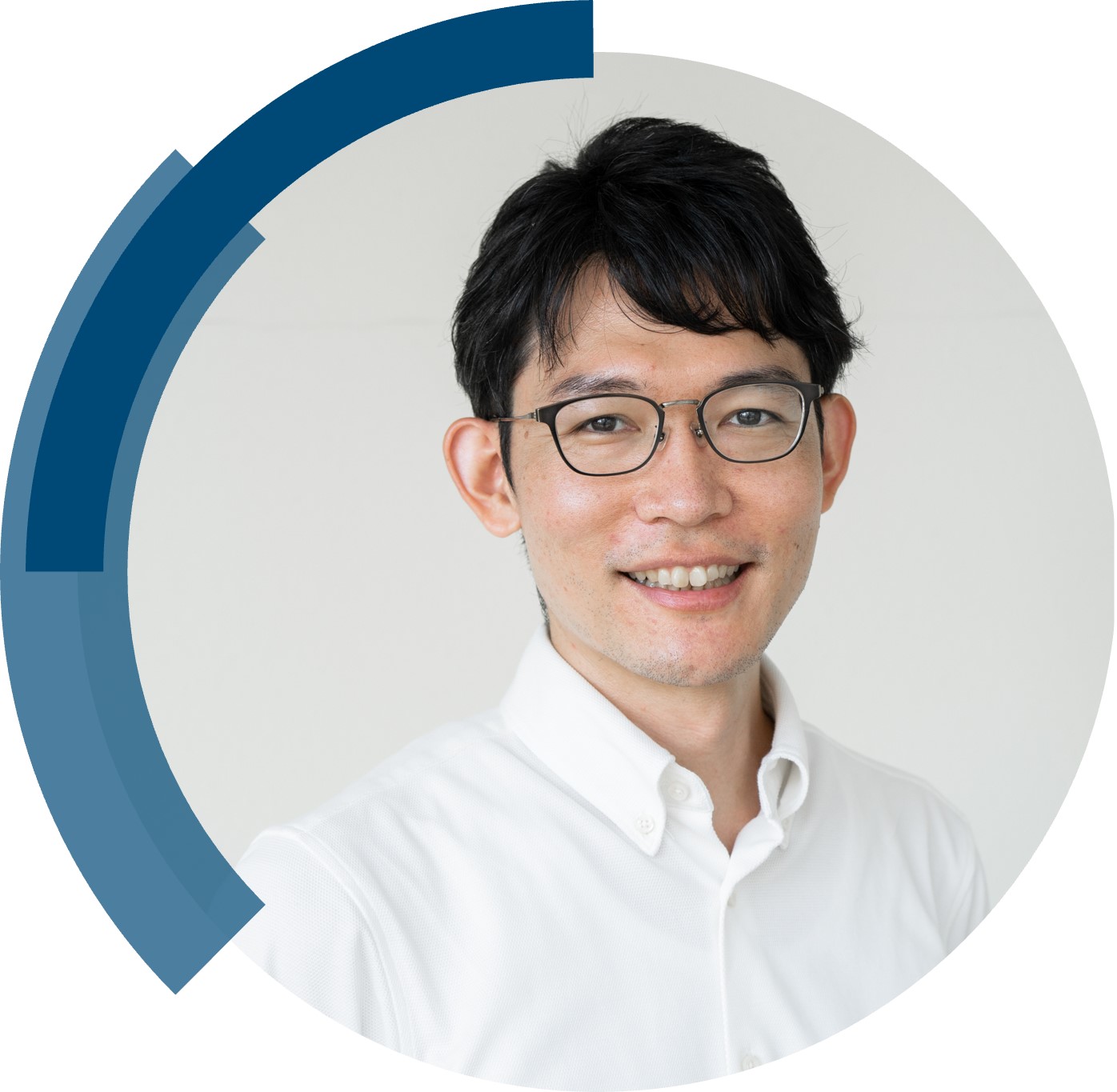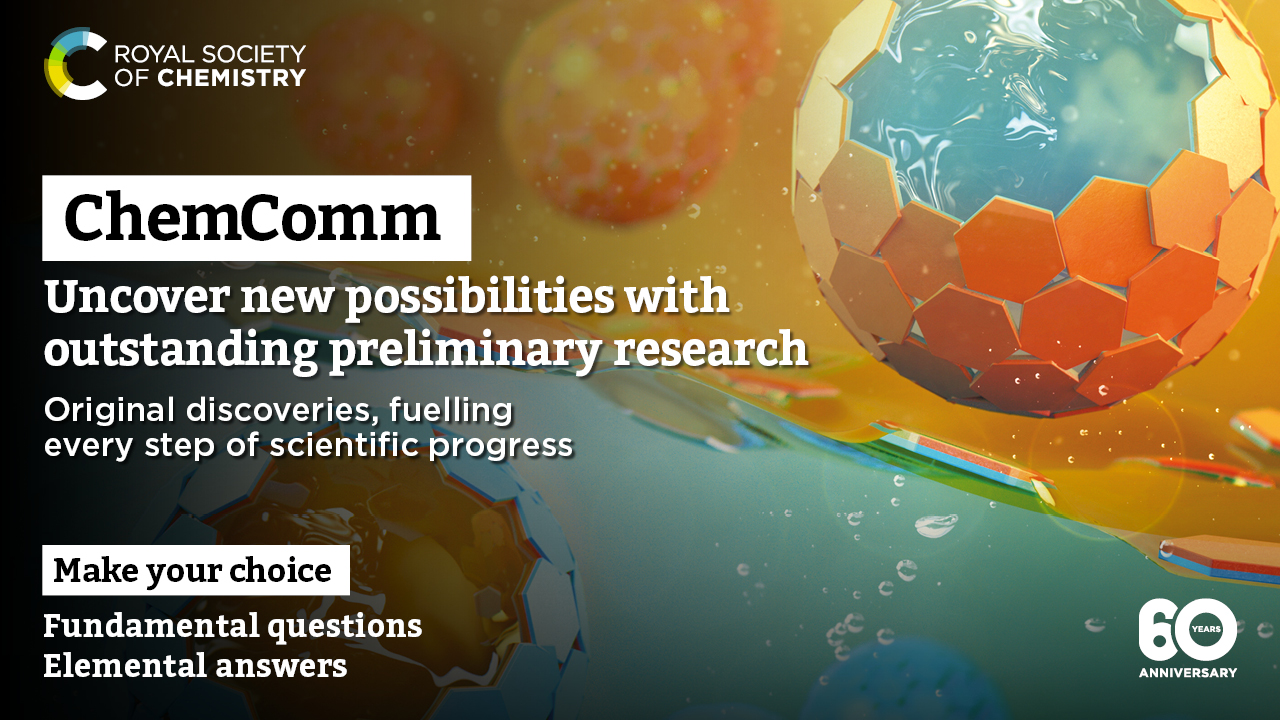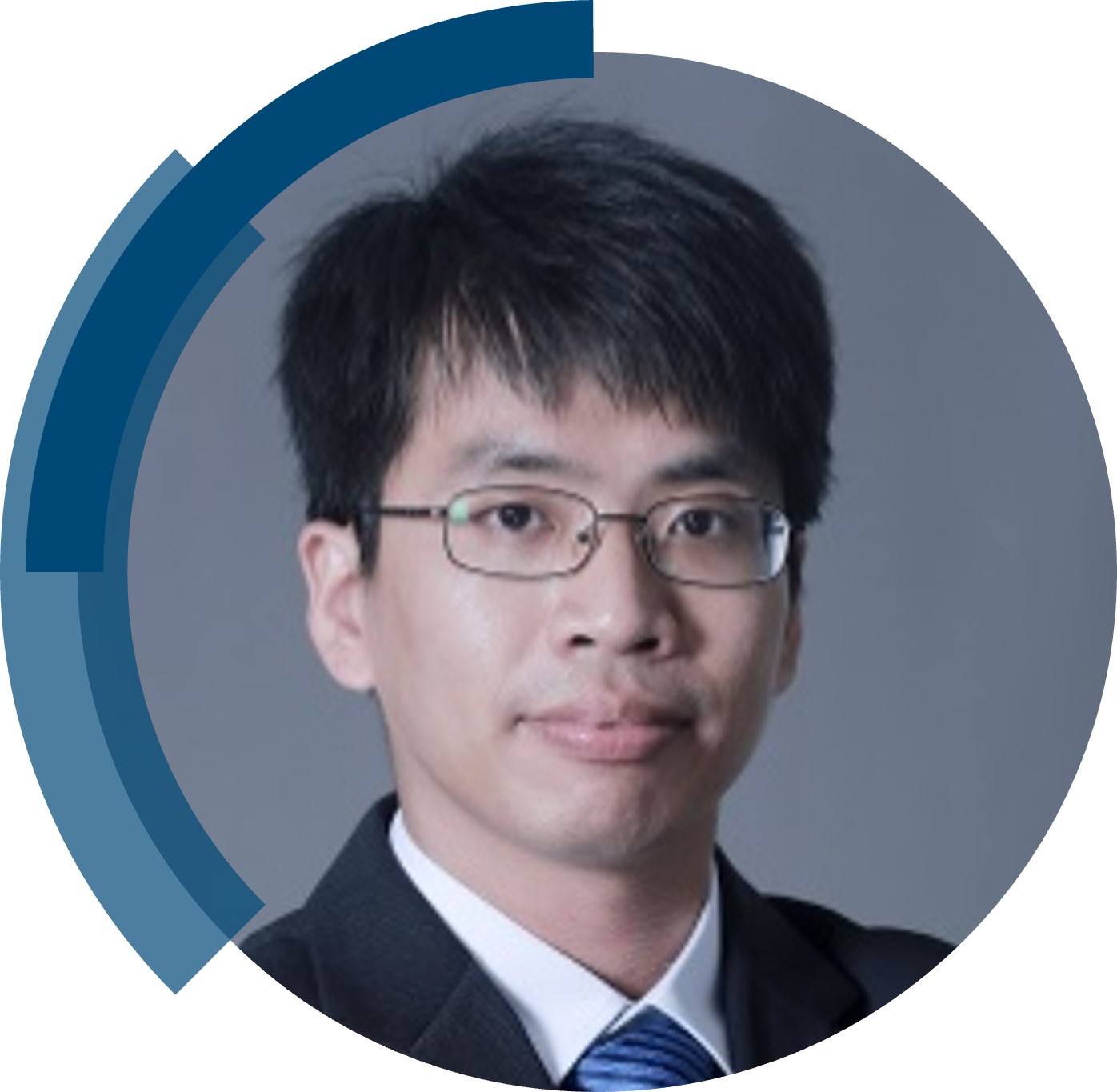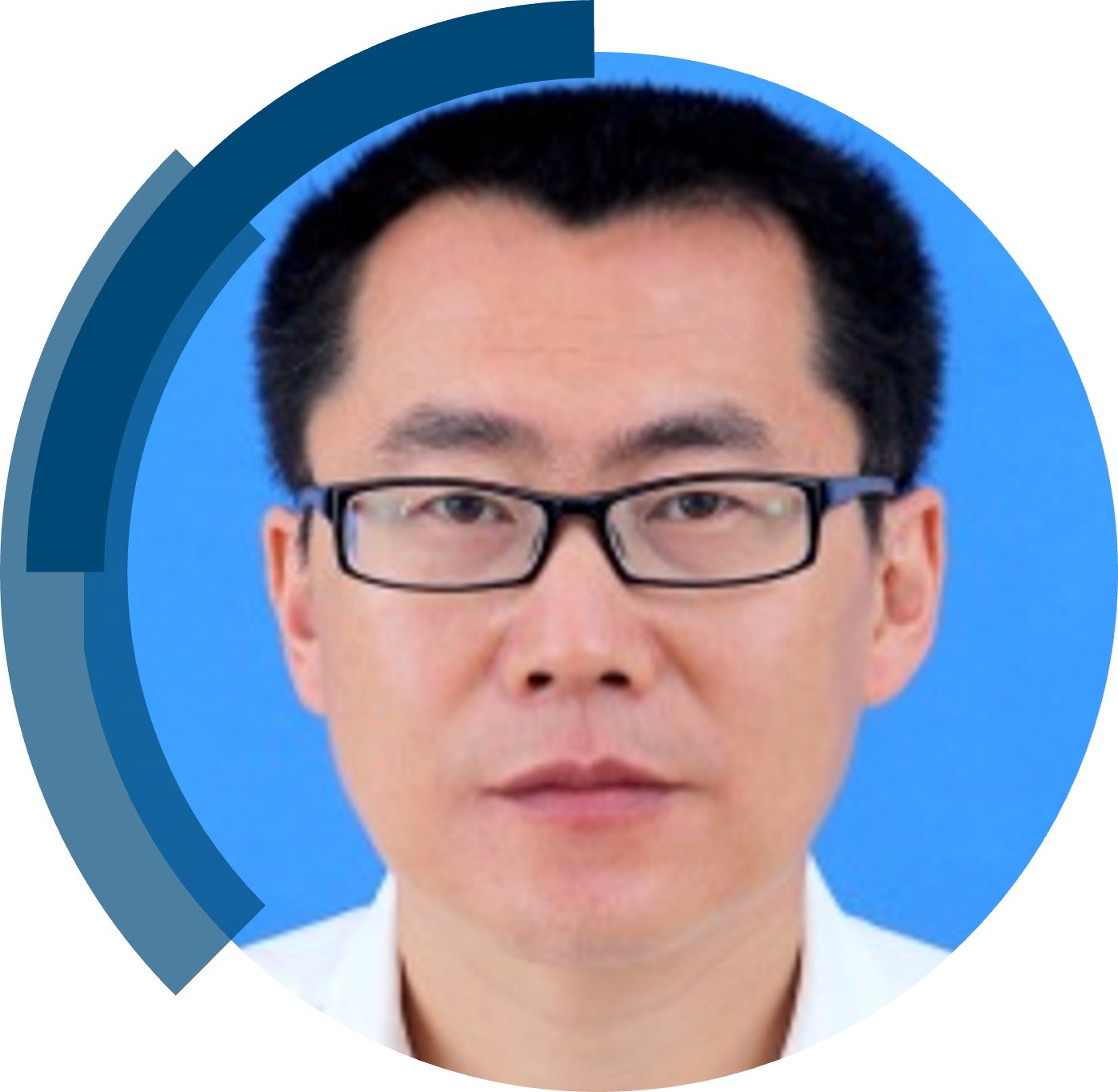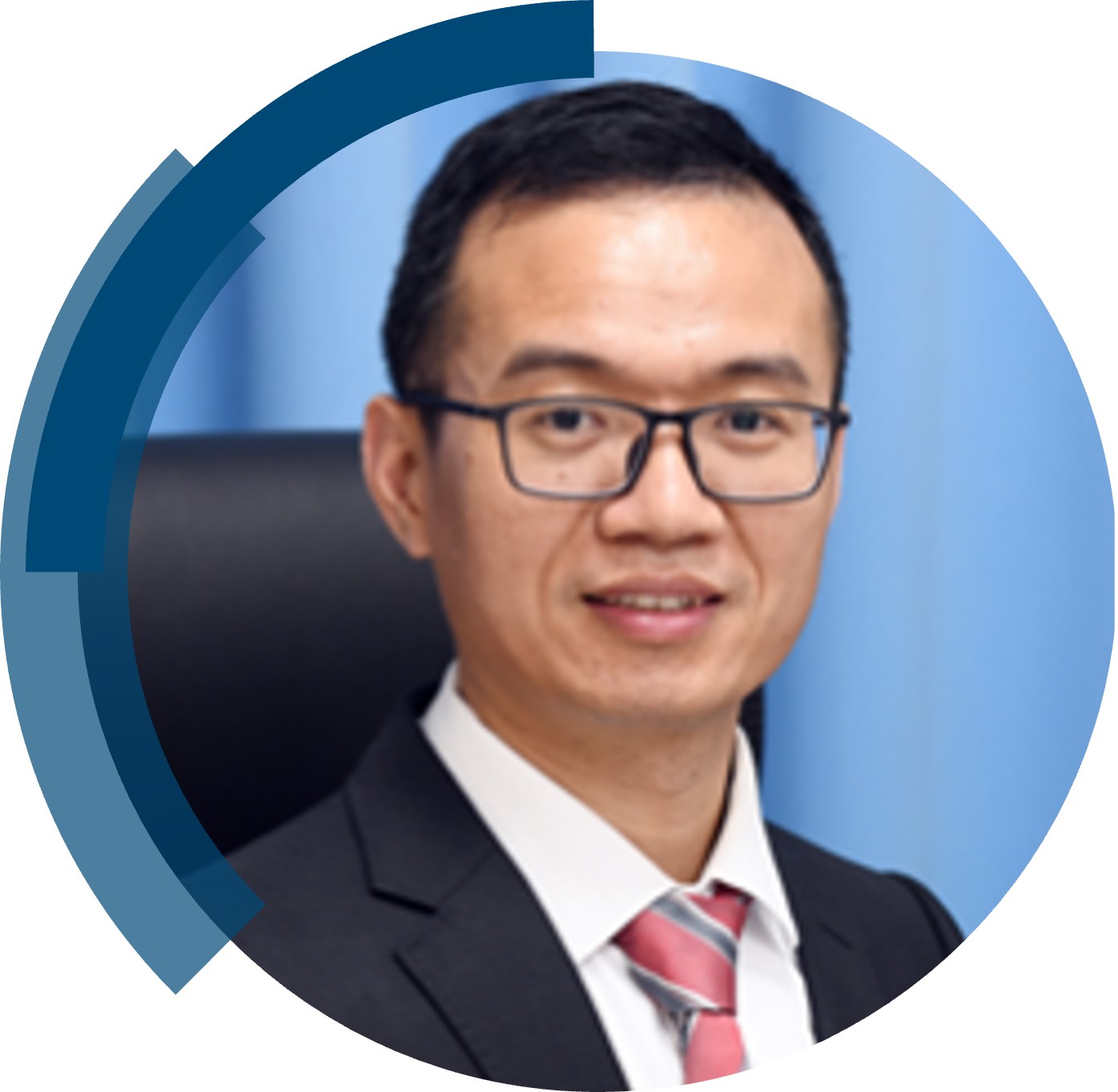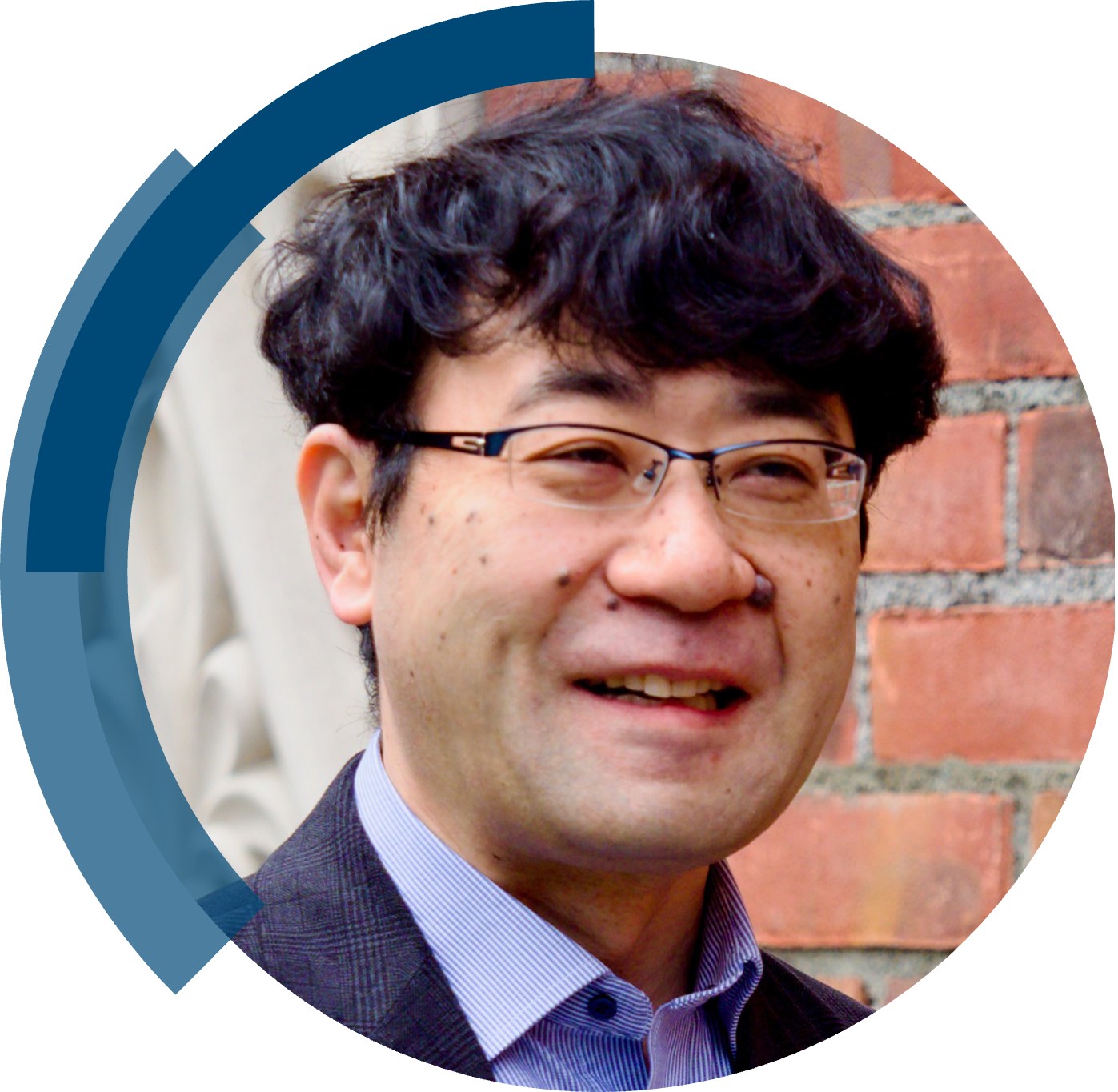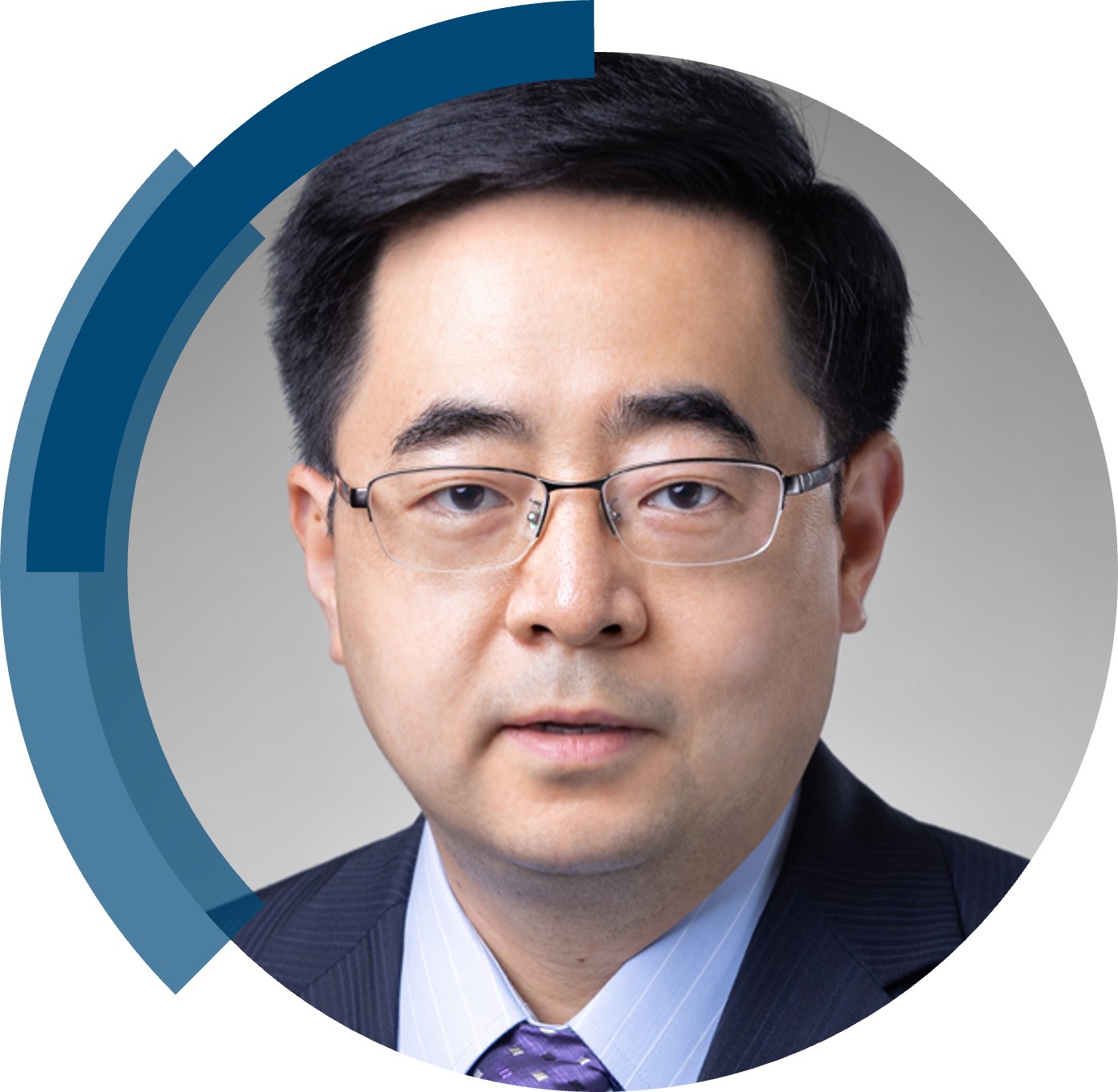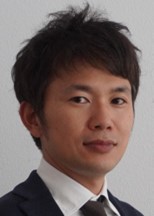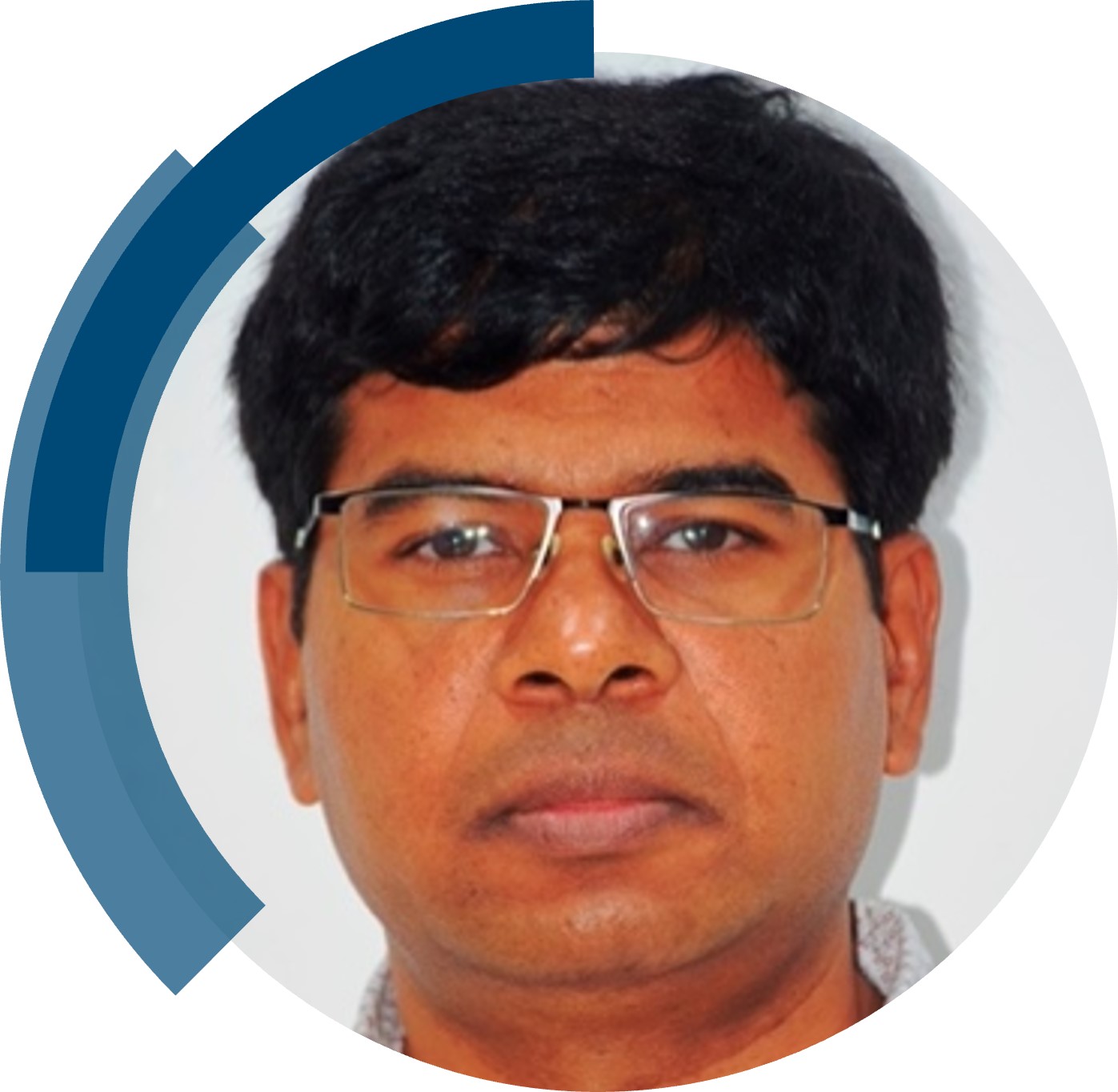ChemComm is publishing its 60th volume in 2024. Over the past 60 years, ChemComm has been the RSC’s most cited journal, and one of the most trusted venues for rapid publication of short communications. In our anniversary year, we recognise the important contributions ChemComm has made, and continues to make, in advancing the chemical sciences.
As part of our anniversary celebrations, we’ve brought together a collection featuring the latest research from some of our most loyal and dedicated authors. From those marking the beginning of their independent academic career by publishing their first article with us, to the rising stars and established leaders publishing in our yearly ‘Emerging Investigators’ and ‘Pioneering Investigators’ collections, this collection champions the contributions of our worldwide author community. We are proud many authors choose to support our journal by regularly publishing their best work with us. This collection also features papers from our ChemComm Emerging Investigator Lectureship winners, and our Outstanding Reviewer awardees, whose invaluable feedback has shaped our published content through the years.
To accompany the collection, we’ll be publishing interviews with contributing authors where they provide further insight into their research and reflect on their journey with ChemComm.
Check out our interview with Professor Nobuhiro Yanai (Kyushu University) below!
What is your favourite thing about ChemComm?
Fast, high-quality review process and solid trust from the chemical community.
How would you describe the peer review process and interaction with the editorial team at ChemComm?
The constructive and precise remarks we received during the peer review helped us to further improve the quality of our paper. In addition, the review period was short, so that the first author, Miku, was able to include this paper as an accomplishment in her fellowship application. We are grateful to the excellent reviewers and the editorial team.
Are there ways in which the journal can further support and engage with future generations of scientists?
It is great that the journal is highlighting future generations of researchers as Emerging Investigators. It is a great encouragement to the young scientists to be given presentation awards bearing the journal’s name at conferences. It would be interesting to interview the first author, including video clips, when a particularly excellent paper is published.
Could you provide a brief summary of your recent ChemComm publication?
In our group, we are working on quantum sensing based on metal-organic frameworks (MOFs). In our Chem. Commun. paper, we generated radicals in the ligands of MOFs and found that the quantum coherence of the radicals responds to the guest molecules.
In your opinion, what are the next steps or potential areas of research that could build upon the findings in this paper?
In the future, we aim to construct a library of quantum sensors by combining more diverse MOFs and molecular qubits to realize chemical quantum sensing.
Be sure to read the article, “Guest-responsive coherence time of radical qubits in a metal–organic framework” to learn more!



